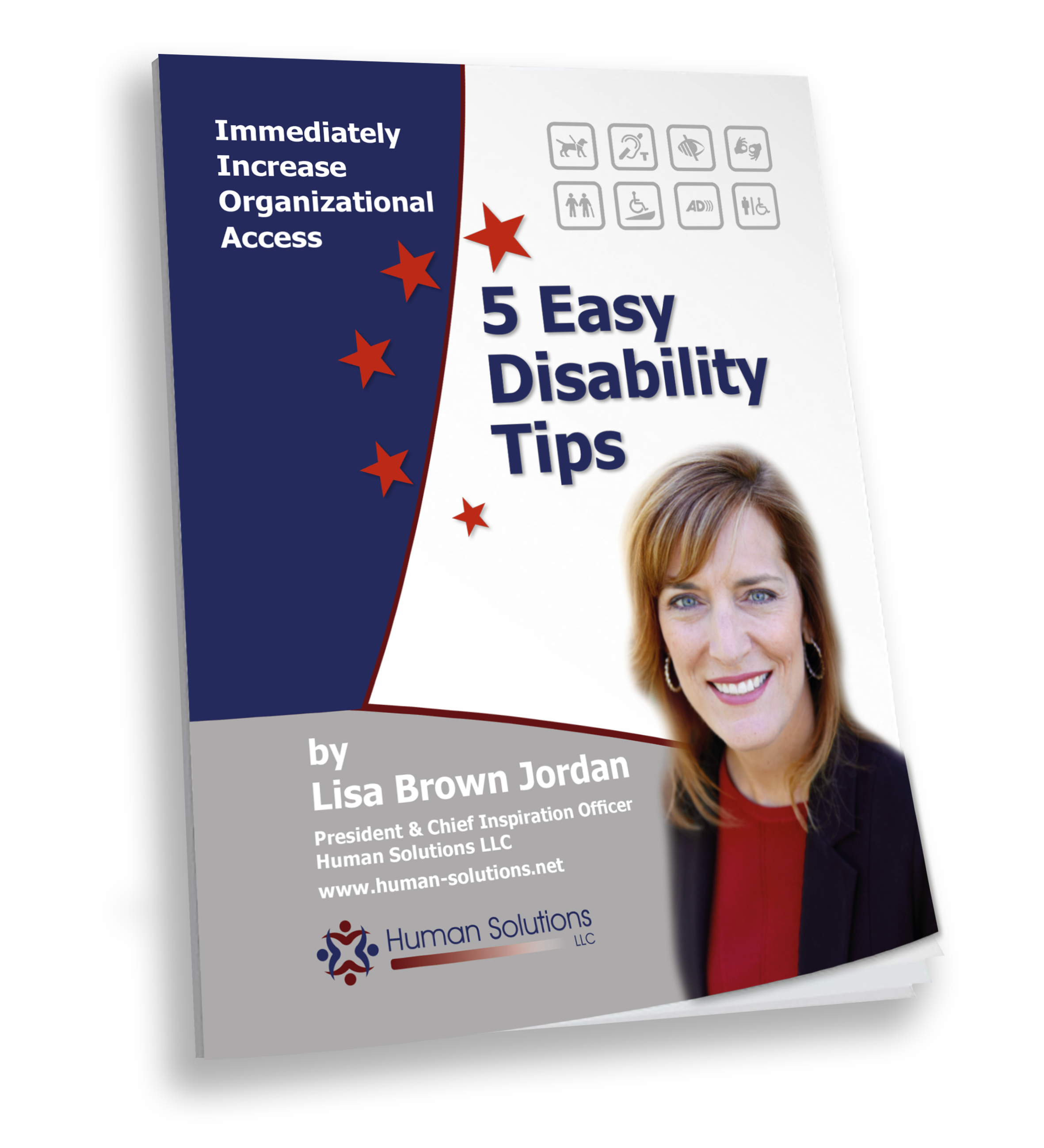Communicating with customers is a major part of being a workforce development professional. Throughout the entire placement process, you’re in constant touch with your customer, guiding them through the process. It’s important that you communicate in a way that clearly speaks to them. Clear communication isn’t simply about knowing what to say, it’s about how to say it. The process is as important as the content. These tips should help you get there!
Practice Active Listening
Active listening allows you to have a comprehensive and accurate grasp of your customers’ message, which in turn helps you craft a qualified response. More importantly, active listening sends a message of sincerity, respect and acceptance. Don’t rehearse what to say next or indulge in an off-topic thought. The more focused you are, the better listener you’ll be.
Be aware of your body language. Simple things like maintaining eye contact, leaning forward towards the speaker, and avoiding distracting mannerisms can go a long way in showing that you’re actively listening. It will encourage your customer to be more open and trusting.
Paraphrase what you hear. Summarize what you understood the speaker to say and ask for feedback to determine if you’re accurate. This is especially helpful if you’re conversing with a person who’s blind or visually impaired and may not otherwise pick up on your body language.
Clarify what you don’t understand. When talking with an individual with a speech impairment, don’t pretend that you understood something when you actually didn’t. Clarifying is a listening skill that tells a speaker you sincerely wish to understand their message.
Build a Circle of Trust
Trust is integral in any relationship. Even if you just met, there are already many ways you can communicate that you’re a trustworthy person.
First, keep your word. When you say you’re going to do something, follow through. For example, committing to attending a meeting and then failing to show up can certainly make you seem unreliable!
Keep things professional and mind your boundaries. If your customers can sense that you’re involved, but objective, they’ll feel more comfortable with you. Always ensure privacy and confidentiality. Hard-built trust can fall with just one breach of ethics.
Show Respect
Treat customers with dignity and courtesy. Don’t assume things about their needs, feelings and competence because of their disability. Like their able-bodied counterparts, many persons with disabilities have also led fulfilling personal, relational and work lives. Ultimately, they are a person first. Their disability does not define them.
Always use person-first language. For example, use the phrase, “a person who uses a wheelchair” rather than someone who is “wheelchair-bound.” Avoid designations that might be interpreted as patronizing, like sweetie or dear. In fact, just ask your customer what they’d like to be called; don’t assume.
Use appropriate disability etiquette and basic manners. Don’t assume someone wants or requires assistance. Persons with disabilities have likely been dealing with different tasks for some time. If it is your policy to ask everyone if they need assistance, that’s great. Otherwise, wait to be asked. Then, don’t go beyond the request.
Stick to relevant questions. Personal curiosity is never a good reason to raise a question. Don’t steer a customer to a particular job based on disability; it’s illegal! Neither should you give disability-related advice (e.g. medication, treatment).
A final word—make sure your customers are comfortable with the process. Choose your words wisely and be aware of your tone. Be sure to limit physical contact to shaking hands in greeting or assisting if necessary or requested. Anything more may communicate the wrong message to your customer and cause the entire process to go off-rail.

Leave a Reply